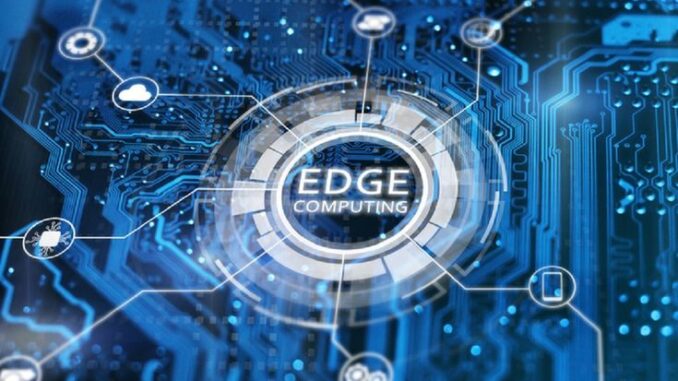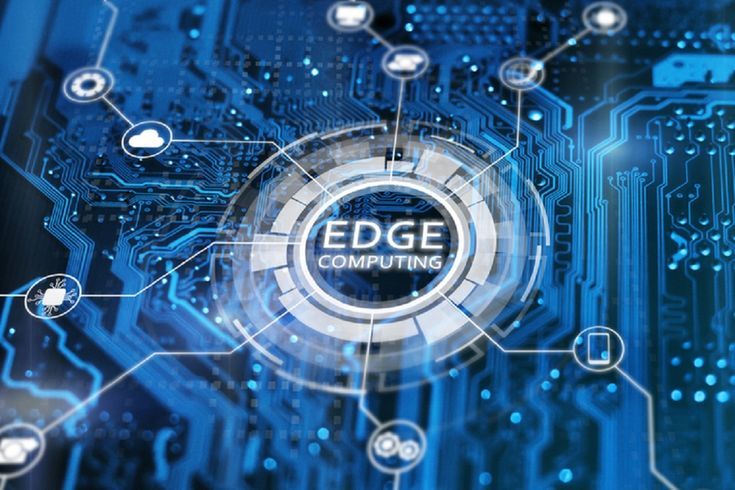
In recent years, the world has witnessed rapid growth in connected devices, real-time applications, and demand for ultra-low latency. As we step deeper into the digital age, edge computing has emerged as a transformative force in modern IT infrastructure. But what exactly is edge computing, and why is it becoming more critical than ever?
🔍 What is Edge Computing?
Edge computing is a distributed computing model that brings data processing closer to the location where it is needed — typically near the user or the device generating the data. Instead of relying entirely on centralized cloud servers, edge computing enables data to be processed locally, reducing latency and bandwidth usage.
This paradigm is particularly useful for Internet of Things (IoT) devices, smart city infrastructure, and industries requiring rapid decision-making capabilities.
⚙️ How Edge Computing Works
In a traditional cloud model, all data is transmitted to centralized data centers for processing and analysis. This model can lead to network congestion and increased latency, especially with the growing volume of connected devices.
Edge computing, in contrast, processes data near its source using local edge devices like gateways, mini data centers, or on-device AI chips. This reduces the time it takes for data to travel and increases system responsiveness.

🌐 Key Benefits of Edge Computing
- ✅ Reduced Latency: Ideal for real-time applications like autonomous driving, AR/VR, and online gaming.
- ✅ Bandwidth Optimization: Only essential data is sent to the cloud, cutting bandwidth costs.
- ✅ Enhanced Data Privacy: Sensitive data can be kept local, aligning with privacy regulations like GDPR.
- ✅ Improved Reliability: Even if the internet is down, edge devices can continue functioning independently.
- ✅ Scalability: Distributed infrastructure allows for easier and cost-effective scaling.
🔒 Security Challenges in Edge Environments
While edge computing offers performance advantages, it introduces unique security risks:
- More attack surfaces: Each edge node can be a potential vulnerability.
- Data synchronization risks: Inconsistent updates between edge and cloud.
- Device tampering: Physical access to edge devices increases risk.
🔐 Solutions include:
- Endpoint protection solutions
- Encrypted data transmission
- Zero Trust Architecture (ZTA)
- Regular firmware updates and audits
🏭 Real-World Applications
- 🏥 Healthcare
Real-time patient monitoring, diagnostics, and surgical robotics rely on low-latency edge solutions. - 🏗 Industrial IoT (IIoT)
Smart sensors and predictive maintenance systems in factories reduce downtime. - 🏪 Retail & E-Commerce
Facial recognition and personalized ads in physical stores are powered by edge AI. - 🌆 Smart Cities
Traffic control, environmental monitoring, and public safety systems use edge nodes for faster decision-making.
📈 Market Growth & Future Trends
According to IDC, over 50% of new enterprise infrastructure will be deployed at the edge by 2027. Key driving forces include:
- 5G expansion enabling faster wireless communication.
- Artificial Intelligence at the Edge (Edge AI) for smarter automation.
- Sustainability goals, since edge computing can reduce overall data center power consumption.
💡 Final Thoughts
Edge computing is no longer a futuristic concept — it’s a practical, scalable, and efficient solution to meet the growing demands of modern applications. As industries shift toward smarter systems and real-time analytics, embracing edge architecture will be critical for innovation and competitiveness.
✅ If you’re a developer, startup, or enterprise — now is the time to explore how edge computing can elevate your solutions.

شكرا
Merci au site de faciliter le téléchargement des jeux
“Awesome website for downloading games! The interface is user-friendly, and the download links work perfectly. I found many of my favorite titles here. Highly recommended for all gamers out there!”
Hello I ween